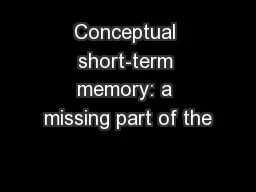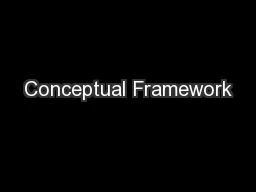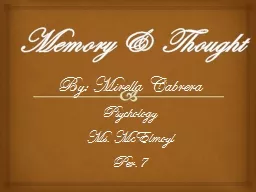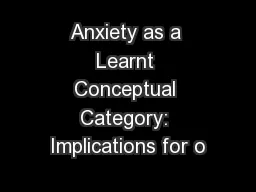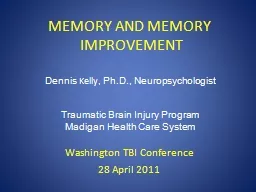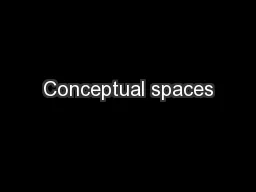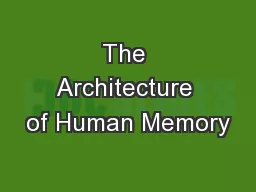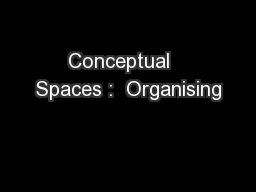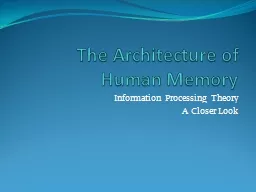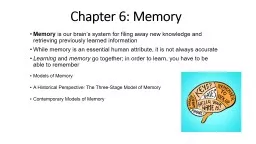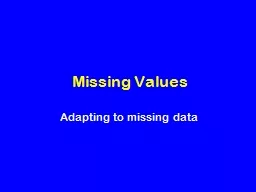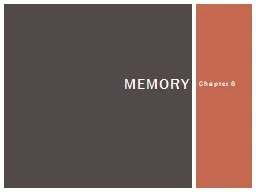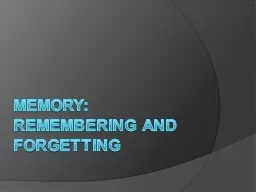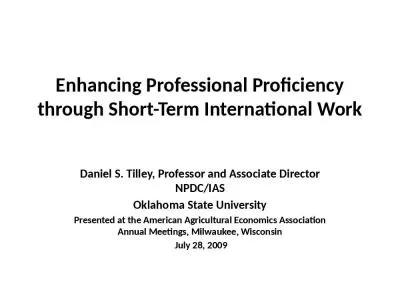PPT-Conceptual short-term memory: a missing part of the
Author : karlyn-bohler | Published Date : 2018-09-21
mind Henry Shevlin CUNY Graduate Center Society for Philosophy and Psychology 41st Annual Meeting June 2015 A missing part of the mind In this short talk Ill
Presentation Embed Code
Download Presentation
Download Presentation The PPT/PDF document "Conceptual short-term memory: a missing ..." is the property of its rightful owner. Permission is granted to download and print the materials on this website for personal, non-commercial use only, and to display it on your personal computer provided you do not modify the materials and that you retain all copyright notices contained in the materials. By downloading content from our website, you accept the terms of this agreement.
Conceptual short-term memory: a missing part of the: Transcript
Download Rules Of Document
"Conceptual short-term memory: a missing part of the"The content belongs to its owner. You may download and print it for personal use, without modification, and keep all copyright notices. By downloading, you agree to these terms.
Related Documents

